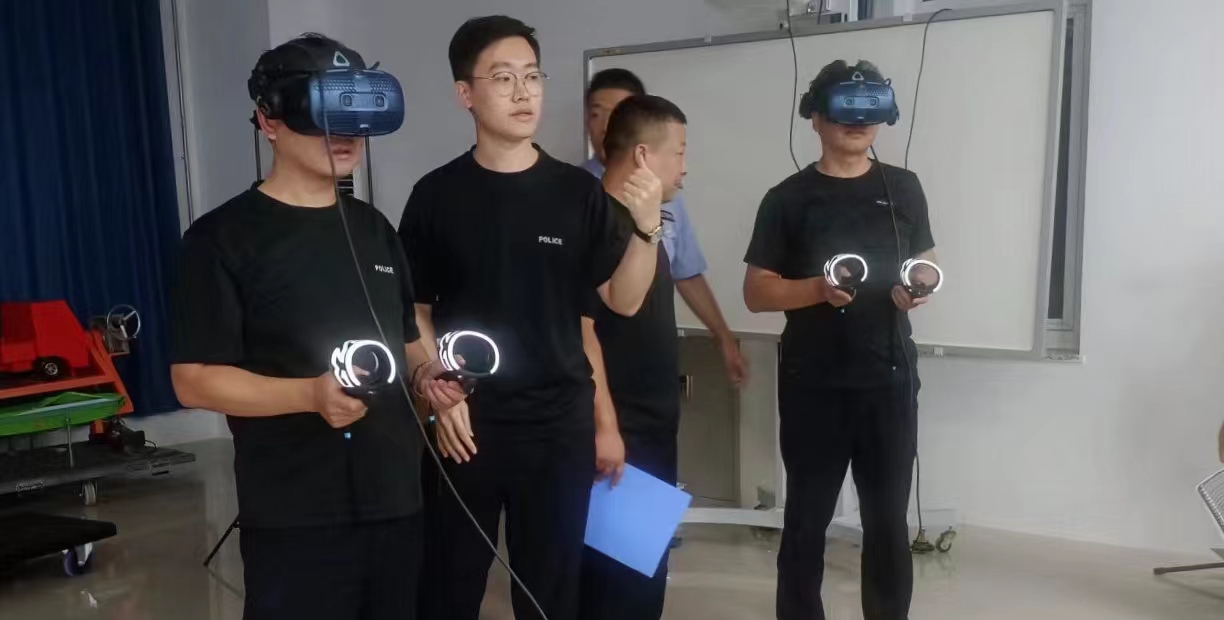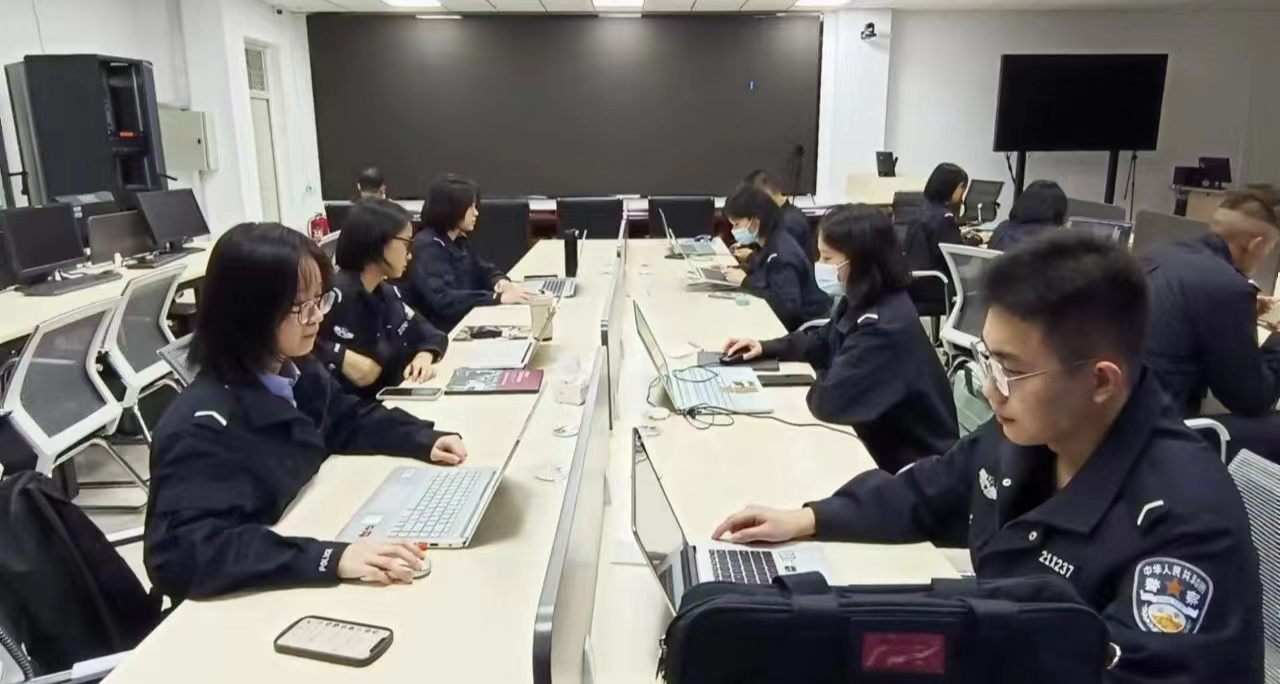A critical review of virtual and augmented reality (VR/AR) applications in
Xiao Lia, Wen Yib, Hung-Lin Chia, Xiangyu Wangc,d,?, Albert P.C. Chana
aDepartment of Building and Real Estate; The Hong Kong Polytechnic University, Hong Kong, China
bSchool of Engineering and Advanced Technology, College of Sciences, Massey University, New Zealand
cThe Australasian Joint Research Centre for Building Information Modelling, School of Built Environment, Curtin University, Perth, Australia
dThe International Scholar, Department of Housing and Interior Design, Kyung Hee University, South Korea
Construction is a high hazard industry which involves many factors that are potentially dangerous to workers.
Safety has always been advocated by many construction companies, and they have been working hard to make
sure their employees are protected from fatalities and injuries. With the advent of Virtual and Augmented Reality
(VR/AR), there has been a witnessed trend of capitalizing on sophisticated immersive VR/AR applications to
create forgiving environments for visualizing complex workplace situations, building up risk-preventive
knowledge and undergoing training. To better understand the state-of-the-art of VR/AR applications in con
struction safety (VR/AR-CS) and from which to uncover the related issues and propose possible improvements,
this paper starts with a review and synthesis of research evidence for several VR/AR prototypes, products and the
related training and evaluation paradigms. Predicated upon a wide range of well-acknowledged scholarly
journals, this paper comes up with a generic taxonomy consisting of VR/AR technology characteristics, appli
cation domains, safety scenarios and evaluation methods. According to this taxonomy, a number of technical
features and types that could be implemented in the context of construction safety enhancement are derived and
further elaborated, while signifificant application domains and trends regarding the VR/AR-CS research are
generalized, i.e., hazards recognition and identifification, safety training and education, safety instruction and
inspection, and so on. Last but not least, this study sets forth a list of gaps derived from the in-depth review and
comes up with the prospective research works. It is envisioned that the outcomes of this paper could assist both
researchers and industrial practitioners with appreciating the research and practice frontier of VR/AR-CS and
soliciting the latest VR/AR applications.
Construction is a large, dynamic and complex sector that offffers a
large number of employment opportunities for millions of people
worldwide[1]. However, fatal accidents in the construction industry
tend to be higher than other sectors[2], for a long run, such a phe
nomenon has aroused a lot of safety concerns and discussions. Safety
management, a method of manipulating on-site safety policies, proce
dures, and practices relating to a construction project, is one of the most
frequently leveraged techniques to regulate construction activities and
control risks[3]. Previous studies revealed that most accidents asso
ciated with construction undertakings were attributed to a lack of
proactive and preventive measures such as workforce training, risk
source identifification and control, safety awareness and education, and
so forth[4]. On the other hand, how effffective these measures could
work is subject to how much job-site knowledge could be solicited and
how effiffifficiently the knowledge could be absorbed[5,6]. To this end,
information visualization techniques such as Building Information
Modeling (BIM), Virtual Reality (VR) Augmented Reality (AR), as well
as other game engine-based Mixed Reality (MR) techniques, have been
delved into to advance the current safety management practices[7–10].
A long-established climate that safety is tied up with management
has placed many constructionfifirms and researchers' primary focus on
cultural intervention, uptake of safety behaviors, organizational ideol
ogies, espoused and enacted policies, communication and induction,
and etc.[11,12]. Meanwhile, a quick look through into VR/AR-CS
publications helps identify that VR/AR technologies have been probed
and tentatively implemented in various safety enhancement areas, such
https://doi.org/10.1016/j.autcon.2017.11.003
Received 29 July 2016; Received in revised form 9 October 2017; Accepted 3 November 2017
E-mail addresses:shell.x.li@connect.polyu.hk(X. Li),W.Yi1@massey.ac.nz(W. Yi),hung-lin.chi@polyu.edu.hk(H.-L. Chi),Xiangyu.Wang@curtin.edu.au(X. Wang),
albert.chan@polyu.edu.hk(A.P.C. Chan).
Automation in Construction 86 (2018) 150–162
0926-5805/ ? 2017 Elsevier B.V. All rights reserved.
MARKas risks identifification, workforce training, skill transfer, ergonomics,
and so on. Most studies have rationalized the development of a vast
variety of VR/AR-CS systems for a safety enhancement purpose, and
some studies have made efffforts to summarize the VR/AR-CS. For ex
ample, Bhoir and Esmaeili[13]conduct an in-depth literature review to
investigate the prevailing adoption rate of virtual reality environment
to train workers regarding safety issues. And Guo et al.[14]examine
the application of visualization technologies in construction safety and
fifind that visualization technology can effiffifficiently improve the safety
training, facilitate job hazard area identifification and accident preven
tion in a visual, interactive and cooperative way. However, they loosely
compare how effffectively these tailored technologies and systems, par
ticularly for augmented reality and virtual reality, could be utilized to
facilitate construction safety considering the disparity of evaluation
method, technology characteristics, project types, scales, work com
plexity and other factors. Meanwhile, because the VR/AR-CS literature
is found overwhelmingly diverse and vast, academia and industry may
not be acutely aware of the authentic limitations and gaps in this area.
Integration and classifification of the reported literature within the VR/
AR-CS domain may help them to gain a better understanding of the
state-of-the-art and the related challenges. To cater to the industrial
demands, additionally, it is also essential to have the most appropriate
VR/AR devices, applications, systems, safety enhancement mechanisms
and evaluation methodologies suggested. Therefore, the aims of this
review are to address the aforementioned limitations and gaps through
coming up with the most signifificant body of knowledge of VR/AR-CS
and to drive the prospective research directions up to the most valuable
and critical areas that the industrial and academic communities are
轉載自
journal homepage:www.elsevier.com/locate/autcon


